Packaging frequently serves as consumers’ first introduction to your brand and products. Once you’ve gained an understanding of packaging’s three tiers, the next step is figuring out which packaging type aligns best with your needs: stock or custom.
In this piece, we’ll break down the key distinctions between these two options, examine the scenarios where each works best, and assist you in identifying the ideal choice for your business.
1. What Does "Stock Packaging" Refer To?
Stock packaging, also known as off-the-shelf packaging, is mass produced in standard sizes, shapes, and designs. These pre-made options are readily available in the market and are designed to fit a wide range of products. Common examples include regular-sized corrugated boxes, simple paper bags, and mailer box. The main advantage of stock packaging lies in its cost-effectiveness and immediate availability. Since they are produced in large quantities, the per-unit cost is relatively low, making them an attractive option for businesses on a tight budget. Additionally, as they are already manufactured, there is no waiting time for production, allowing for quick turnarounds.
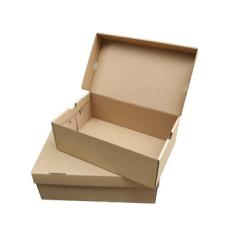
However, stock packaging has its limitations. Its one-size-fits-most approach may not provide the perfect fit for your unique product, potentially leaving room for movement and damage during transit. Moreover, the design options are severely restricted. With limited color choices, basic shapes, and a lack of space for intricate branding, stock packaging may struggle to make your product stand out on the crowded shelves or in the digital marketplace. If your brand values individuality and wants to convey a unique message, stock packaging might fall short.
2.What Is Meant by "Custom Packaging"?
Custom packaging, is a tailor-made solution crafted specifically for your product and brand. It involves a collaborative process where every aspect of the packaging, from the size and shape to the materials used and the design elements, is customized to meet your exact requirements. This could mean creating a box that precisely fits an oddly-shaped product, choosing a unique material that aligns with your brand's values, or incorporating intricate and eye-catching designs that tell your brand's story.
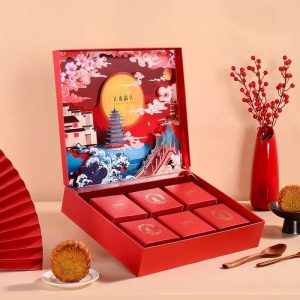
Custom packaging offers unparalleled flexibility. You have the freedom to choose materials that not only protect your product but also enhance its perceived value. For example, if you're selling luxury goods, you might opt for high quality rigid boxes with velvet-lined interiors. The design can be as simple or as elaborate as you like, with the ability to incorporate your brand logo, colors, tagline, and even unique patterns or images that resonate with your target audience. This level of personalization can turn your packaging into a powerful marketing tool, creating a memorable unboxing experience that customers are likely to share on social media, thereby increasing brand exposure.
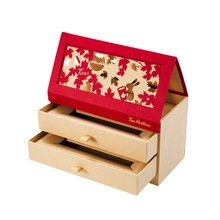
3.Core Distinctions Between Stock Packaging and Custom Packaging
(1) Cost Considerations
Stock packaging is generally more affordable upfront, especially for small-scale orders. The economies of scale in mass production drive down the cost per unit. However, as your order volume increases, custom packaging can become more cost-competitive. Although the initial setup costs for custom packaging, such as design fees and tooling for unique molds, can be high, these costs are spread out over a larger number of units. Additionally, custom packaging can potentially save costs in the long run by reducing product damage during shipping due to a better fit and providing a more effective marketing platform, which can lead to increased sales.
(2) Design Flexibility
This is where custom packaging truly shines. Stock packaging is limited to the standard designs and sizes available in the market. In contrast, custom packaging allows for infinite design possibilities. You can create packaging that is not only functional but also aesthetically pleasing and on-brand. Whether it's a creative box shape, a special-effect finish, or a personalized message on the inside of the package, custom packaging enables you to create a unique identity for your product.
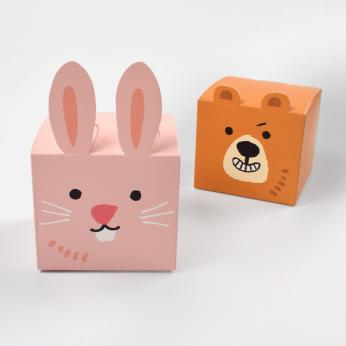
(3) Protection and Fit
Custom packaging can be designed to fit your product like a glove, providing maximum protection during storage and transportation. By accurately measuring your product's dimensions and considering its fragility, you can choose the right materials and create a structure that minimizes the risk of damage. Stock packaging, on the other hand, may require additional cushioning or may not fit the product properly, increasing the likelihood of breakage or scratches.
4.When to Prioritize Custom Packaging: Scenarios & Advantages
(1) Brand Differentiation
In a saturated market, standing out is crucial. Custom packaging allows you to create a unique brand identity. For example, a craft brewery might use custom-designed cans with bold, eye-catching labels and unique shapes to differentiate its products from the mainstream beer brands. The packaging becomes a statement piece that sets your brand apart and makes it more memorable to consumers.
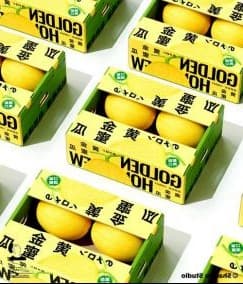
(2) High-End or Luxury Products
If you're selling premium or luxury items, custom packaging is essential. A high-quality, well-designed package enhances the perceived value of the product. Luxury jewelry brands often use custom boxes with fine materials, elegant designs, and intricate details to create an air of exclusivity. The packaging becomes an extension of the luxury experience, making the customer feel that they are purchasing something truly special.
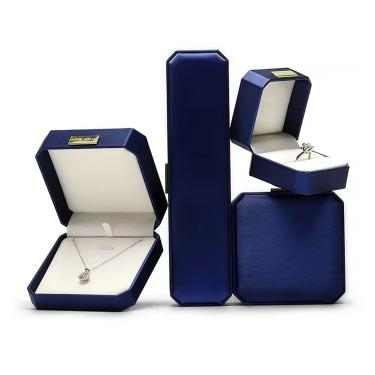
(3) Product with Unusual Shapes or Sizes
Products that are not standard-sized or have irregular shapes are difficult to package with stock options. Custom packaging can be designed to perfectly accommodate these products. A company that sells handmade, one-of-a-kind home decor items may need custom boxes to ensure that each unique piece is well-protected and presented in an appealing way.
(4) Marketing and Promotional Campaigns
Custom packaging can be a powerful marketing tool. For special events, limited-edition releases, or promotional campaigns, custom-designed packages can generate excitement and attract attention. A cosmetics brand might create custom-themed packaging for a holiday collection, featuring festive colors and designs that resonate with the season. This not only makes the product more appealing but also encourages impulse purchases.
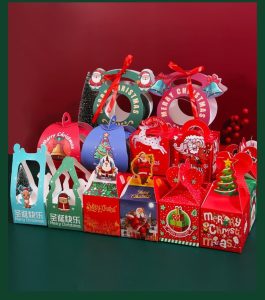
5.How Do Custom Packaging Impact Your Shipping Efficiency & Costs?
(1) Shipping Efficiency
Contrary to what some might think, custom packaging can actually improve shipping efficiency. When the packaging is designed to fit the product precisely, it takes up less space in shipping containers. This means that more products can be shipped in a single load, reducing the number of trips required. Additionally, custom packaging can be designed with stacking and handling in mind, making it easier to load and unload during transit.
(2) Shipping Costs
While custom packaging may seem more expensive initially, it can lead to cost savings in shipping. By reducing the size of the package to fit the product exactly, you can avoid paying for excess space. Also, as custom packaging provides better protection, there is a lower risk of product damage during shipping. This reduces the need for costly returns or replacements, ultimately saving your business money.
6.How to Decide on Custom Packaging: A Practical Guide
(1) Analyze Your Product
Start by considering the nature of your product. Is it fragile, heavy, or lightweight? What are its dimensions and shape? If it's a delicate item, you'll need packaging materials that offer good shock absorption. For a heavy product, the packaging should be strong enough to support its weight. Understanding these aspects will help you determine the right materials and design for your custom packaging.
(2) Evaluate Your Brand Image
Your packaging should be an extension of your brand. Consider your brand's values, target audience, and overall aesthetic. If your brand is all about sustainability, you might choose eco-friendly materials for your custom packaging. If you're targeting a young, trendy audience, a modern and colorful design might be more appropriate.
(3)Set a Realistic Budget
Custom packaging can vary widely in cost depending on factors such as materials, design complexity, and order quantity. Determine how much you can afford to spend on packaging. Remember, while custom packaging may have a higher upfront cost, it can also provide a significant return on investment through increased brand recognition and sales. You can work with your packaging supplier to find cost-effective solutions that still meet your quality and design requirements.
(4) Choose the Right Supplier
Finding a reliable and experienced packaging supplier is crucial. Look for a company with a proven track record in custom packaging. Check their portfolio to see examples of their previous work. Read customer reviews and testimonials to gauge their reputation for quality and customer service. A good supplier will work closely with you throughout the process, from design concept to final production, to ensure that your custom packaging meets your expectations.
In conclusion, custom packaging offers a multitude of benefits for businesses looking to make a mark in the market. By carefully considering your product, brand, budget, and choosing the right supplier, you can create custom packaging that not only protects your product but also elevates your brand, engages your customers, and drives business growth.
If you have any needs, welcome to contact us freely.
Custom packaging offers unparalleled flexibility. You have the freedom to choose materials that not only protect your product but also enhance its perceived value. For example, if you're selling luxury goods, you might opt for high quality rigid boxes with velvet-lined interiors. The design can be as simple or as elaborate as you like, with the ability to incorporate your brand logo, colors, tagline, and even unique patterns or images that resonate with your target audience. This level of personalization can turn your packaging into a powerful marketing tool, creating a memorable unboxing experience that customers are likely to share on social media, thereby increasing brand exposure.
Post time: Sep-28-2025



